Home>Articles>What Is The Minimum Angle To Keep The Ladder From Sliding?
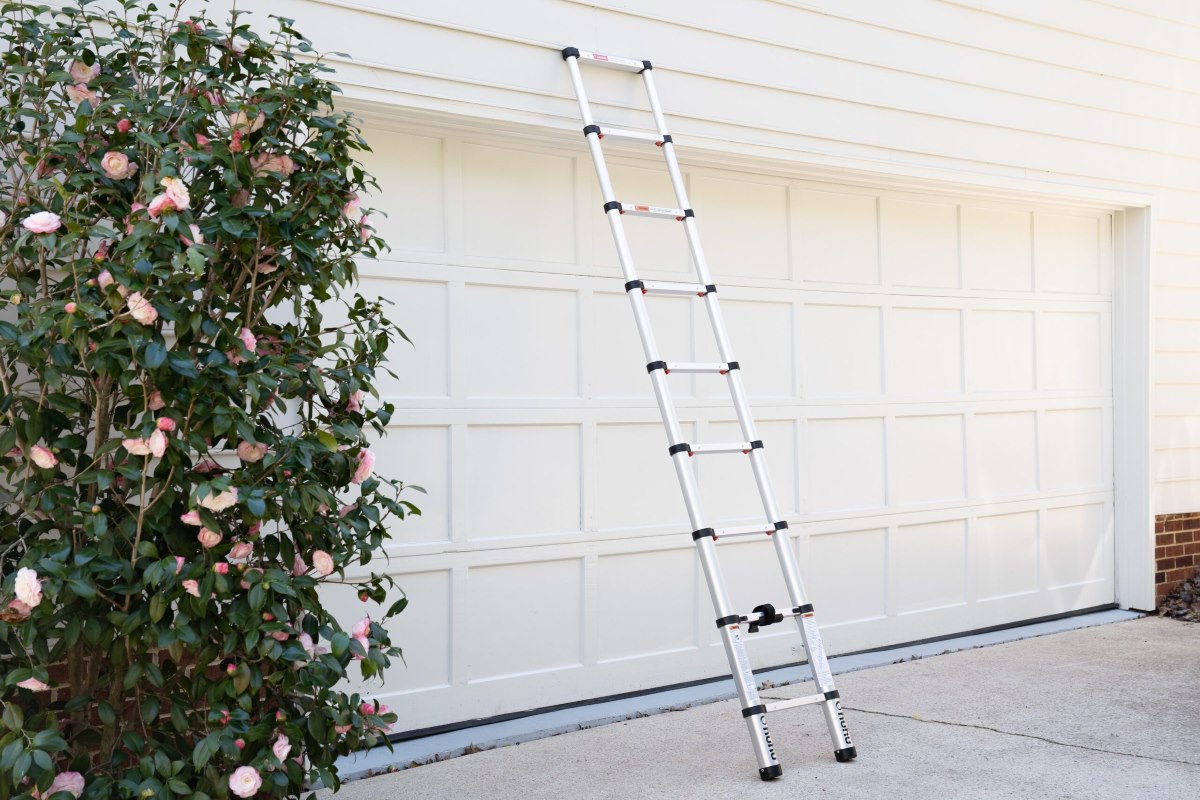

Articles
What Is The Minimum Angle To Keep The Ladder From Sliding?
Modified: February 23, 2024
Discover the minimum angle needed to prevent your ladder from sliding. Read our informative articles for invaluable tips and techniques to ensure safety and stability.
(Many of the links in this article redirect to a specific reviewed product. Your purchase of these products through affiliate links helps to generate commission for Storables.com, at no extra cost. Learn more)
Introduction
When it comes to using a ladder safely, one of the primary concerns is preventing it from sliding or tipping over. The stability of a ladder is crucial to ensure the user’s safety and avoid accidents. Understanding the minimum angle required to keep the ladder from sliding is essential knowledge for anyone using a ladder in various settings, from DIY enthusiasts to professionals in construction and maintenance fields.
In this article, we will explore the concept of ladder stability and discuss the factors that affect it. We will also delve into the calculation method to determine the minimum angle necessary to prevent ladder sliding. By gaining a solid understanding of these concepts, you will be better equipped to use a ladder safely and securely in different situations.
Before we dive into the details, it’s worth noting that ladder safety involves more than just knowing the minimum angle. It is crucial to follow manufacturer guidelines, check for defects or damage, use appropriate ladder types for specific tasks, and always exercise caution and common sense. With that said, let’s explore the forces at play and the factors that affect ladder stability.
Key Takeaways:
- Understanding the minimum angle and forces affecting ladder stability is crucial for safe usage. Factors such as ladder design, ground surface, and external forces all contribute to stability.
- Calculating the minimum angle to prevent ladder sliding involves considering the ladder’s height and horizontal distance. Practical tips, such as inspecting the ladder, securing it properly, and maintaining three points of contact, are essential for safe ladder usage.
Read more: How To Keep A Ladder From Slipping
Understanding the forces acting on a ladder
Before we can determine the minimum angle required to prevent a ladder from sliding, it’s important to have a basic understanding of the forces that act upon a ladder during use. There are primarily two types of forces that come into play: vertical forces and horizontal forces.
The vertical forces include the weight of the ladder itself, the weight of the person using it, and any additional weight from tools or materials. These forces exert a downward pressure on the ladder, which is countered by the friction between the ladder and the ground. The higher the vertical forces, the greater the friction needed to prevent the ladder from sliding.
The horizontal forces, on the other hand, arise from a variety of sources. For example, when a person climbs up or down the ladder, they apply a lateral force that tries to push the ladder sideways. Additionally, if the ladder is placed on an unstable or uneven surface, there may be external forces such as wind or vibrations that can cause the ladder to shift or tip over.
Considering these forces, ladder stability depends on various factors, including the ladder’s design and material, the condition of the ground surface, the angle at which the ladder is positioned, and the presence of any external factors that can affect stability. Let’s explore these factors in more detail.
Factors affecting ladder stability
Several factors play a significant role in determining the stability of a ladder. Understanding these factors is crucial for maintaining a safe working environment.
1. Ladder design and build: The design and quality of the ladder itself greatly impact its stability. It’s important to choose a ladder that is sturdy and meets industry safety standards. Factors to consider include the ladder’s weight capacity, material strength, and overall construction.
2. Ground surface: The surface on which the ladder is placed is critical for stability. A level and solid surface provides a better foundation, while uneven or slippery surfaces can compromise ladder stability. Be sure to check for any debris, loose gravel, or oil spills that may affect the ladder’s traction.
3. Angle of the ladder: The angle at which the ladder is positioned has a significant impact on its stability. As a general rule of thumb, a ladder should be placed at a 75-degree angle. This ensures optimal weight distribution and reduces the risk of the ladder sliding or tipping over.
4. Length of the ladder: The length of the ladder plays a role in stability as well. Longer ladders have a greater tendency to flex under the weight of the user, which can affect stability. Choosing the right ladder length for the task at hand is essential to maintain stability and safety.
5. External factors: External factors, such as wind, vibrations, or sudden movements, can also affect ladder stability. It’s important to assess the working environment and take precautions to mitigate any potential external forces that could impact the ladder’s stability.
By taking these factors into consideration and properly evaluating the ladder and its surrounding environment, you can significantly enhance ladder stability and minimize the risk of accidents or injuries.
Determining the minimum angle to prevent ladder sliding
Now that we understand the forces at play and the factors that affect ladder stability, let’s explore how to determine the minimum angle required to prevent ladder sliding. This angle is crucial in ensuring that the ladder remains stable and secure during use.
The minimum angle is typically calculated using the concept of the ladder’s center of gravity. When the ladder is at an optimal angle, the center of gravity falls within the base support area, providing stability and preventing sliding. However, if the angle is too steep or too shallow, the center of gravity can shift outside the base support area, leading to instability and potential sliding or tipping.
The recommended minimum angle for ladder placement is approximately 75 degrees. This means that if you were to imagine the ladder as a right-angled triangle, with the ground as the horizontal base and the ladder as the vertical side, the ladder should form a 75-degree angle with the ground.
Keep in mind that this angle may vary slightly depending on the ladder type and specific guidelines from the manufacturer. You should always consult the ladder’s instructions or guidelines to ensure proper usage and safety measures.
Using the correct ladder angle not only ensures stability but also optimizes force distribution, reducing the strain on the ladder and enhancing user safety. It’s important to take the time to adjust the ladder’s angle properly before use, taking into consideration factors such as the ground surface and potential external forces.
By adhering to the recommended minimum angle and following manufacturer guidelines, you can significantly reduce the risk of ladder sliding or tipping and create a safer working environment.
Make sure the ladder is placed at a 75.5-degree angle to prevent it from sliding. Use a ladder angle guide for accuracy.
Calculation method for minimum angle
To determine the minimum angle required to prevent ladder sliding, you can use a simple trigonometric calculation. This calculation involves considering the ladder’s height and the horizontal distance between the base of the ladder and the support point.
Here is a step-by-step method to calculate the minimum angle:
- Measure the height of the ladder, which is the vertical distance from the ground to the top support point.
- Measure the horizontal distance between the base of the ladder and the support point, which is the distance from the bottom of the ladder to the wall or another supporting structure.
- Divide the height by the horizontal distance to find the tangent of the angle.
- Use the inverse tangent function (usually denoted as tan-1 or atan) to find the angle.
For example, let’s say the height of the ladder is 10 feet, and the horizontal distance is 8 feet. Using the calculation method, we can find the minimum angle:
tan(angle) = height / horizontal distance
tan(angle) = 10 ft / 8 ft
angle = atan(10 ft / 8 ft)
angle ≈ 48.59 degrees
So, in this example, the minimum angle required to prevent ladder sliding is approximately 48.59 degrees.
Keep in mind that this calculation provides an estimate, and it’s always advisable to follow manufacturer guidelines and specific instructions for your ladder. Additionally, consider the factors mentioned earlier, such as the ladder type, ground surface, and external forces, to ensure optimal stability and safety.
Remember that regularly checking the ladder for any defects, using properly functioning locking mechanisms, and ensuring secure footing are essential steps in maintaining ladder stability, regardless of the calculated minimum angle.
Read more: How To Keep Table Placemats From Sliding
Practical considerations for ladder use
Using a ladder safely goes beyond knowing the minimum angle and understanding the forces at play. There are several practical considerations to keep in mind to ensure your safety and the stability of the ladder during use.
1. Inspect the ladder: Before using a ladder, inspect it thoroughly for any signs of damage, defects, or wear and tear. Check the rungs, side rails, hinges, and locking mechanisms to ensure they are in good condition and functioning properly. If you notice any issues, do not use the ladder and replace or repair it before use.
2. Choose the right ladder: Select the appropriate ladder for the task at hand. Different ladder types are designed for specific purposes, such as step ladders, extension ladders, or platform ladders. Ensure that the ladder you choose is suitable for the job and has the necessary height and weight capacity.
3. Secure the ladder: Before climbing onto the ladder, ensure that it is stable and securely positioned. Place the ladder on a flat and level surface, and if needed, use stabilizers or foot pads to improve stability. Make sure the ladder is leaning against a solid and sturdy support, such as a wall or a structure capable of supporting the ladder’s weight.
4. Maintain three points of contact: When climbing up or down the ladder, always maintain three points of contact with the ladder. This means having either two hands and one foot or two feet and one hand on the ladder at all times. This helps to maintain balance and stability while performing tasks.
5. Avoid overreaching: Overreaching is a common cause of ladder accidents. Instead of leaning or stretching too far, reposition the ladder to ensure that your body remains within the ladder’s side rails. Overreaching can cause the ladder to become unbalanced and increase the risk of falling or tipping over.
6. Use proper ladder accessories: Some tasks may require additional ladder accessories, such as ladder stabilizers, ladder levelers, or ladder safety harnesses. These accessories can provide additional stability and safety during specific tasks, especially when working at higher heights or on uneven surfaces.
7. Be mindful of weather conditions: Weather conditions can impact ladder stability. Avoid using ladders during strong winds, rain, or storms, as these conditions can make the ladder more susceptible to sliding or tipping. If weather conditions deteriorate while you are already on the ladder, descend immediately and seek shelter.
By considering these practical tips and implementing safe ladder usage practices, you can minimize the risk of accidents and ensure the stability of the ladder during use. Always prioritize your safety and follow proper ladder usage guidelines and recommendations.
Conclusion
Ensuring the stability of a ladder is of utmost importance for the safety of individuals who rely on ladders in various settings. By understanding the forces that act on a ladder, identifying the factors that affect ladder stability, and determining the minimum angle required to prevent ladder sliding, users can mitigate the risk of accidents and create a safer working environment.
Throughout this article, we have explored the concept of ladder stability and outlined practical considerations for ladder usage. We have learned that factors such as ladder design, ground surface conditions, the angle of the ladder, ladder length, and external forces all contribute to ladder stability or instability.
We have also discussed the calculation method for determining the minimum angle required to prevent ladder sliding. By considering the ladder’s height and the horizontal distance between the ladder base and the support point, users can calculate the angle that provides optimal stability and weight distribution.
However, it is important to remember that ladder safety involves more than just knowing the minimum angle. Users should always inspect the ladder for defects, choose the right ladder for the task, secure the ladder properly, maintain three points of contact while climbing, avoid overreaching, and use appropriate ladder accessories when necessary.
Additionally, following manufacturer guidelines, checking the ladder’s condition regularly, and being mindful of external factors such as weather conditions are all crucial for ladder safety. By combining these practices with the knowledge of the minimum angle, users can minimize the risk of ladder sliding or tipping.
In conclusion, ladder stability is vital for preventing accidents and ensuring the safety of those who work at heights. By understanding the forces involved, considering the factors that affect ladder stability, and following practical tips and guidelines for ladder use, individuals can confidently and safely utilize ladders in various settings.
Remember, ladder safety always comes first. Prioritize your well-being, take the necessary precautions, and ensure that any ladder you use is in good condition and suitable for the task at hand. By doing so, you can work efficiently while minimizing the risk of ladder-related accidents.
Frequently Asked Questions about What Is The Minimum Angle To Keep The Ladder From Sliding?
Was this page helpful?
At Storables.com, we guarantee accurate and reliable information. Our content, validated by Expert Board Contributors, is crafted following stringent Editorial Policies. We're committed to providing you with well-researched, expert-backed insights for all your informational needs.



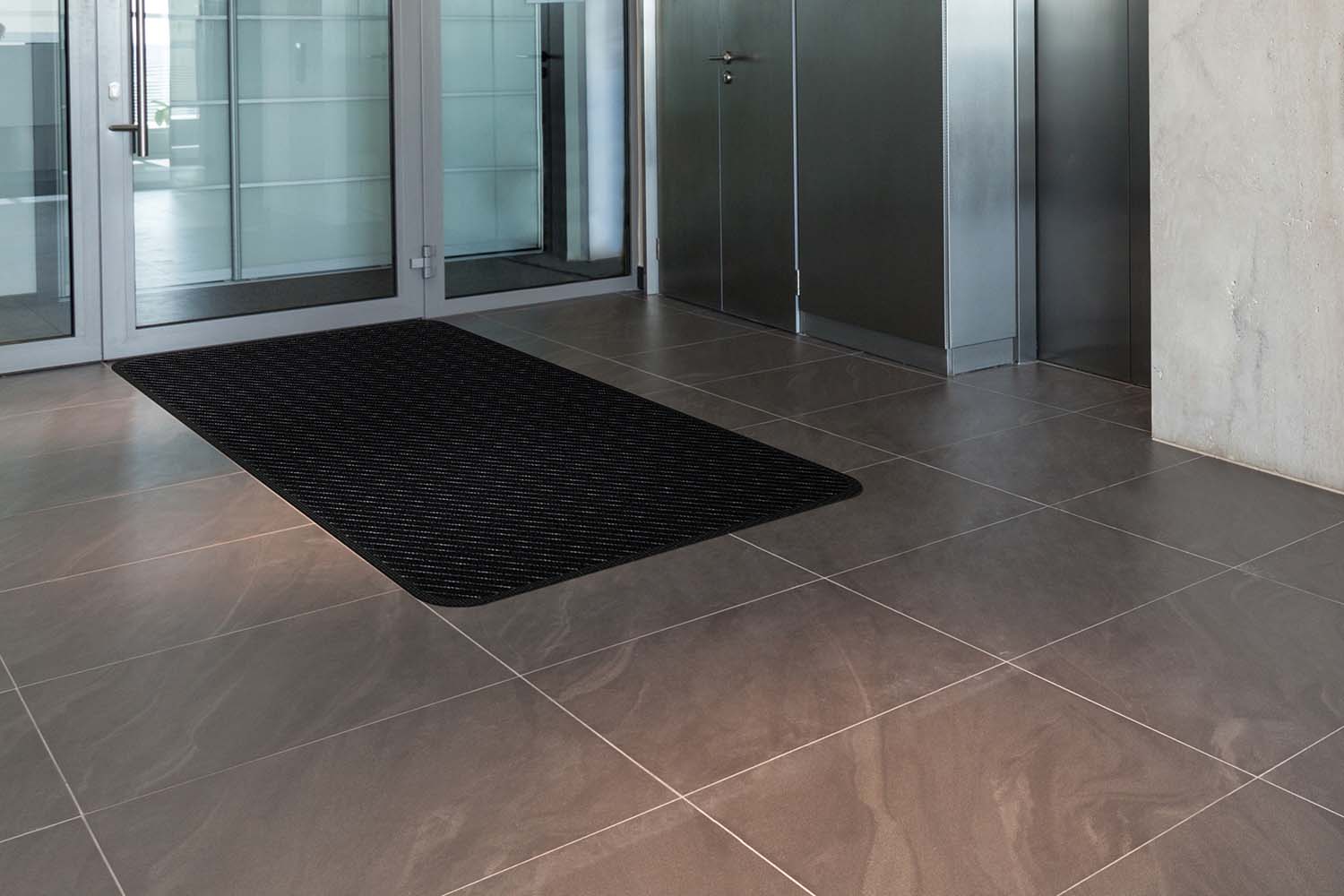
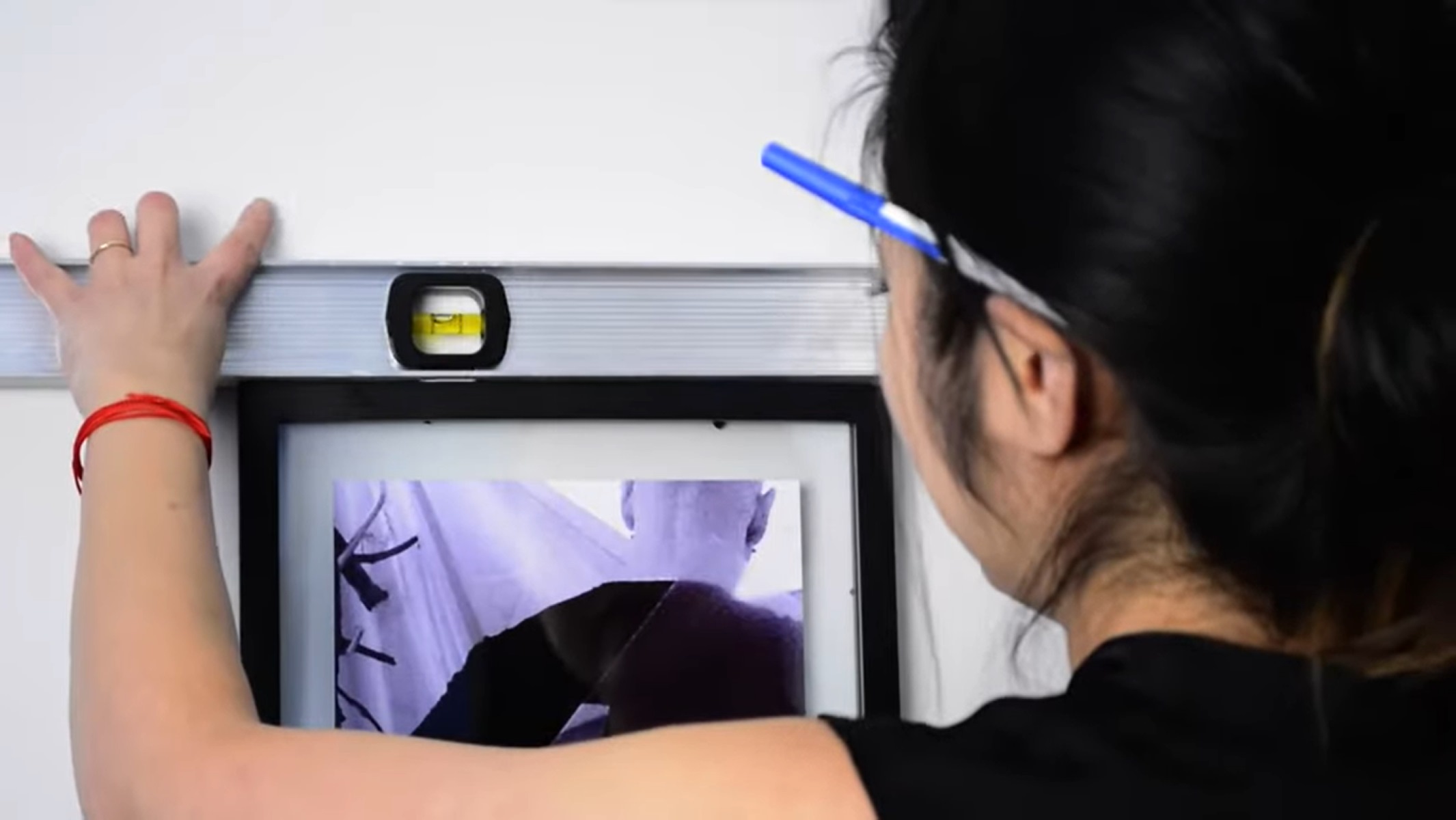
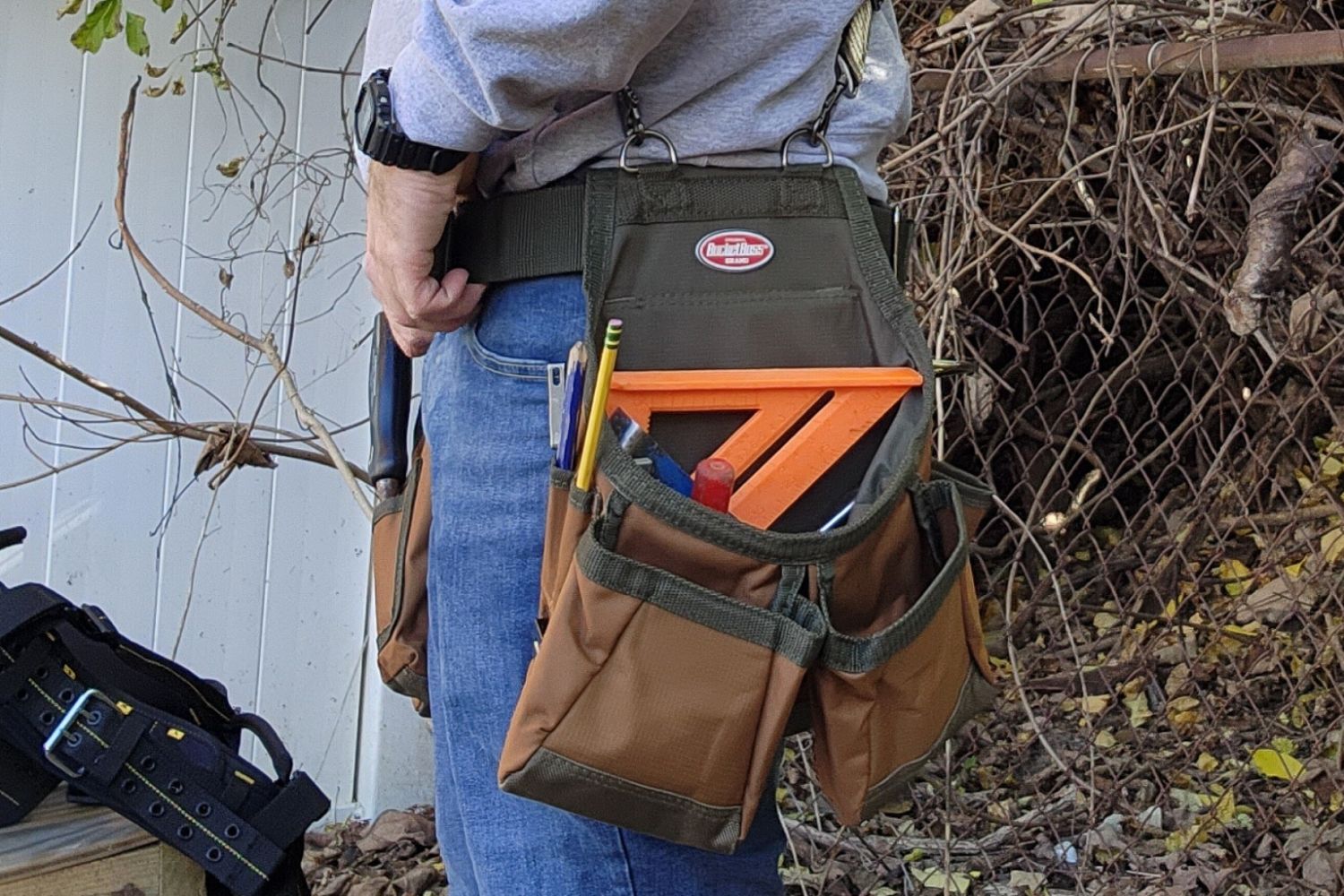
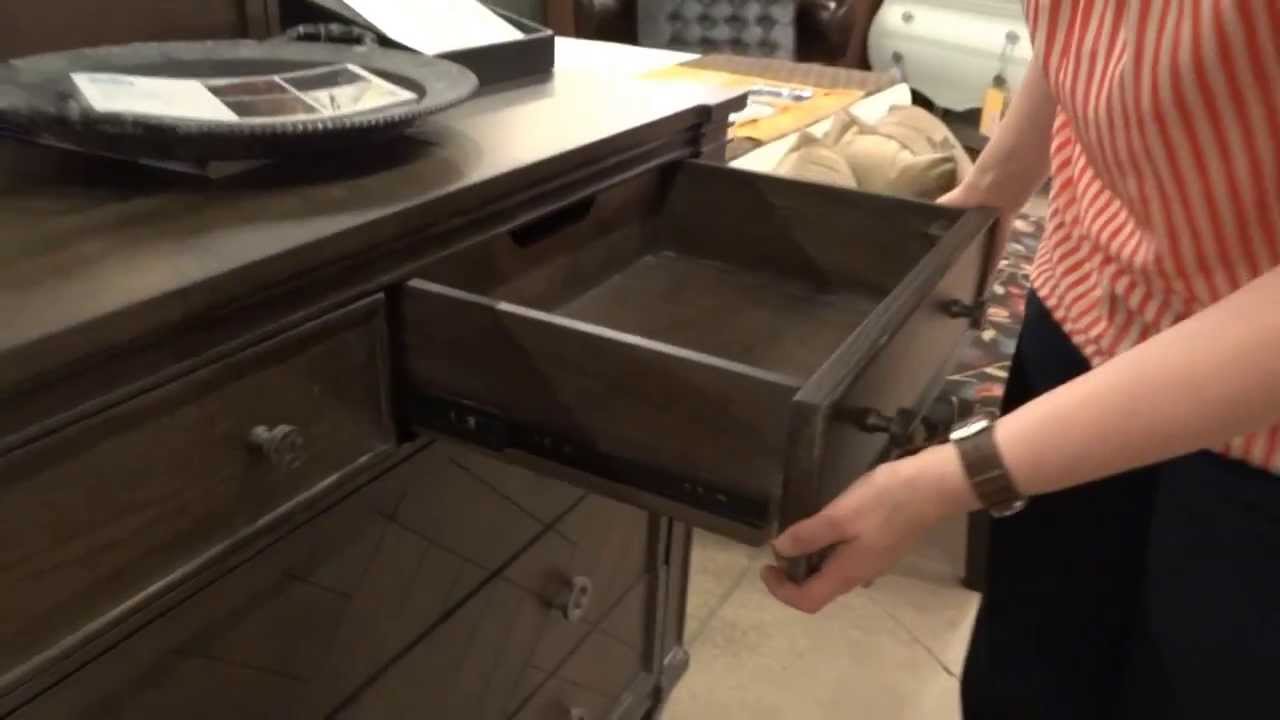

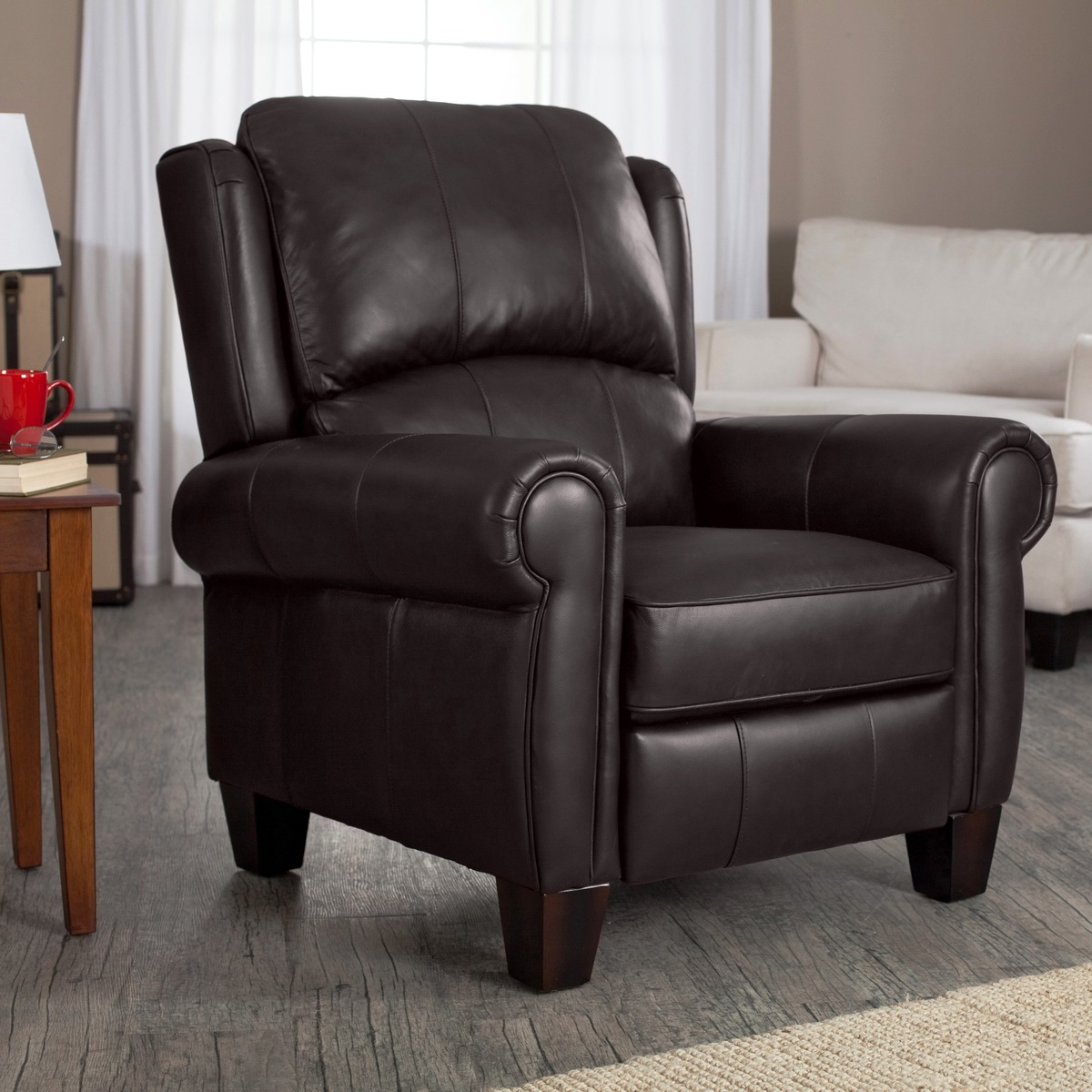
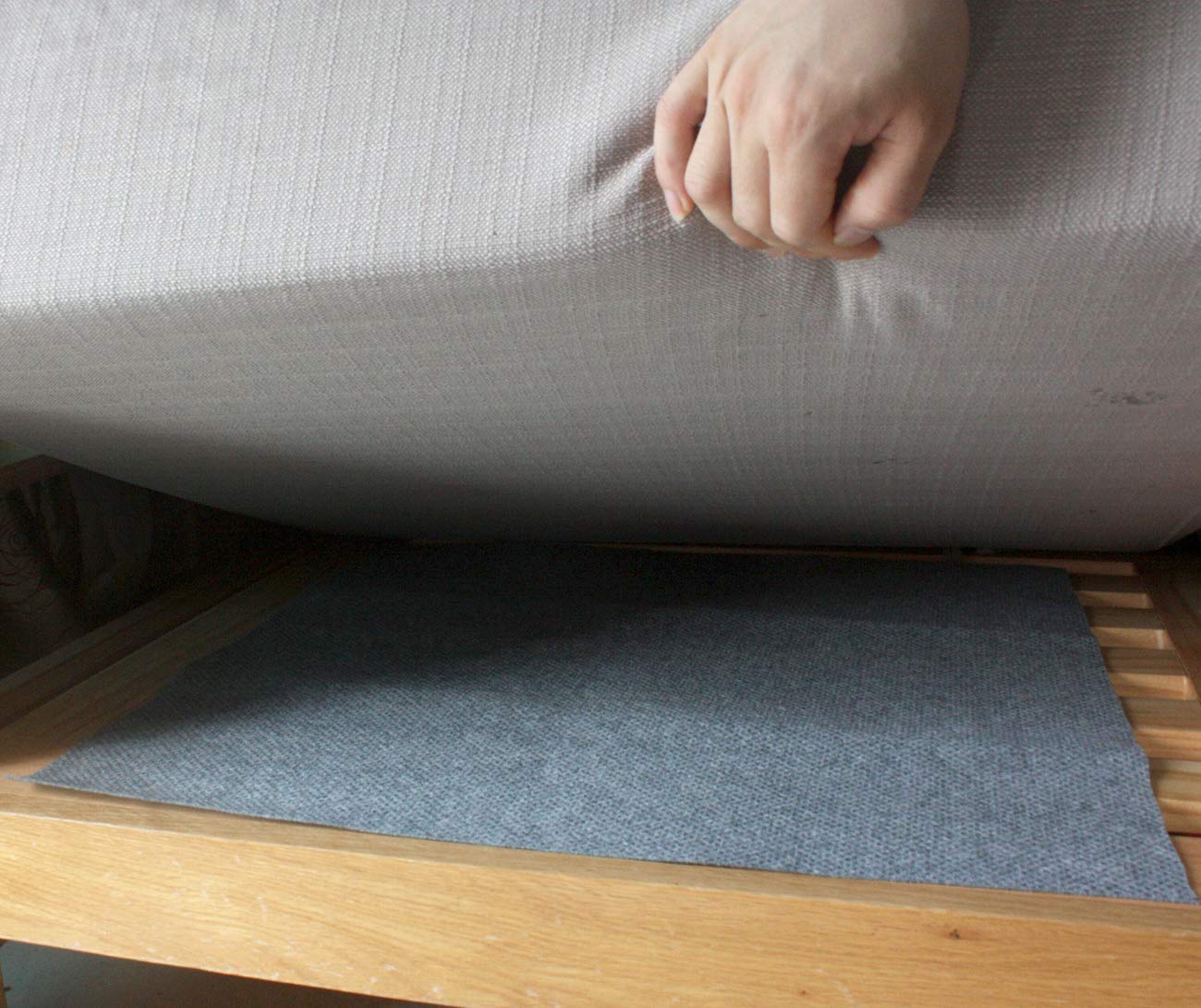



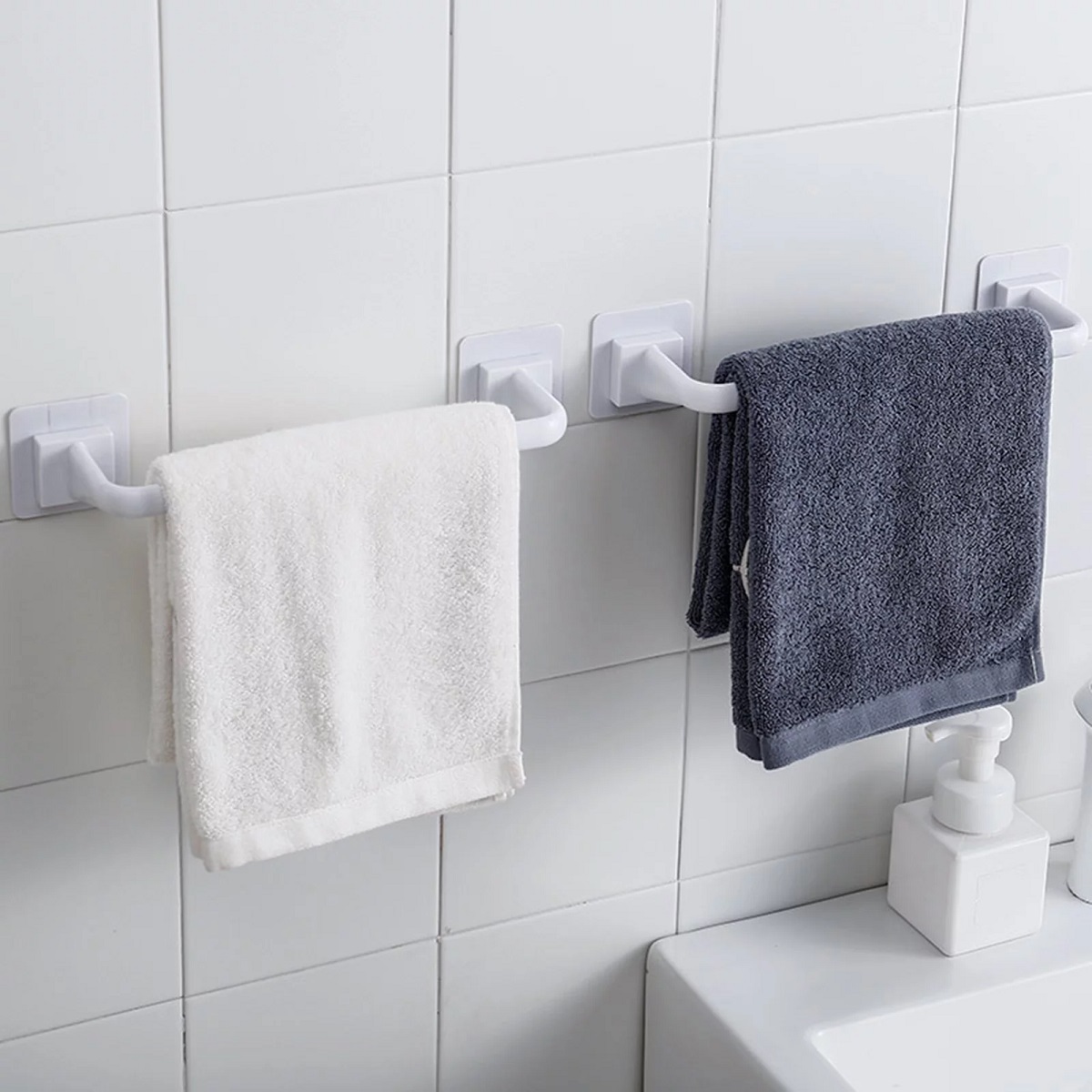

0 thoughts on “What Is The Minimum Angle To Keep The Ladder From Sliding?”